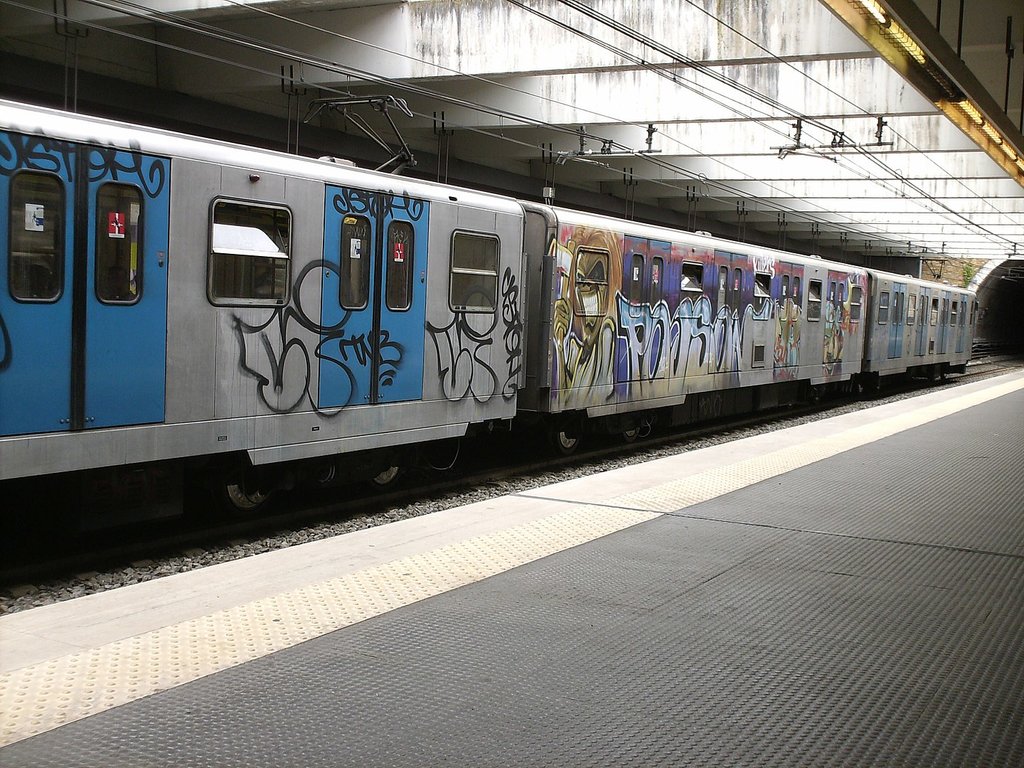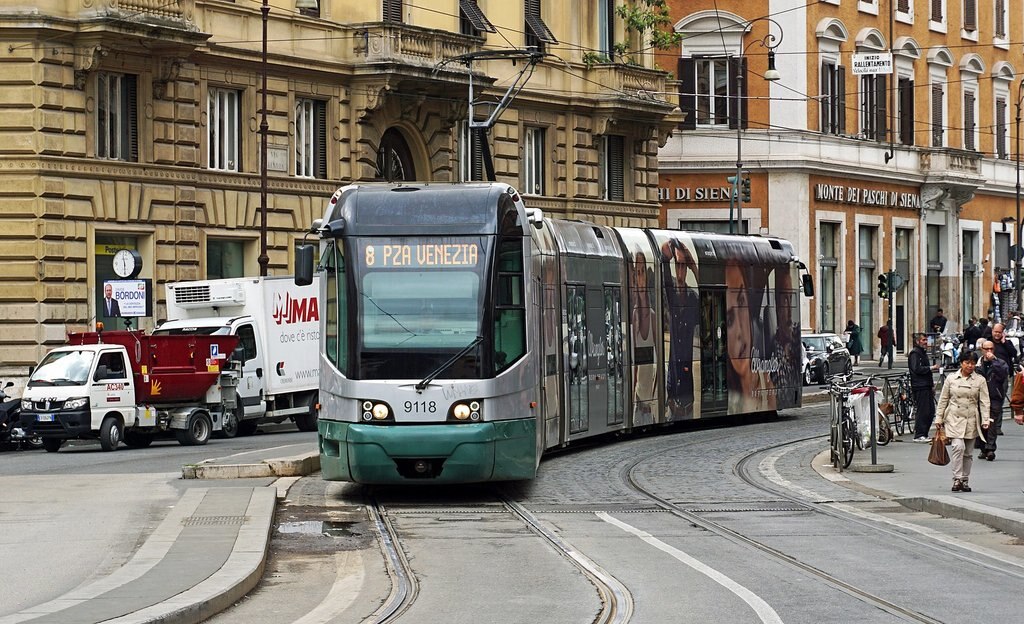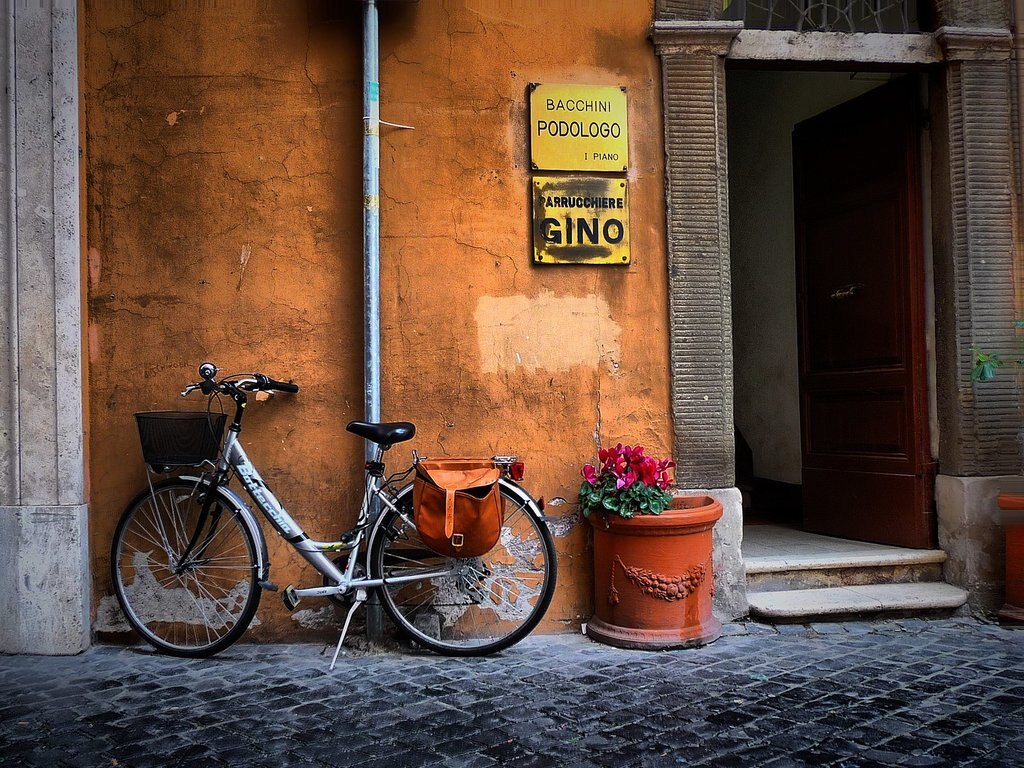Everything You Need to Know about Public Transport in Rome
“Rome is spread out, but thanks to an extensive public transport network – including a metro, trains, trams, buses and cycle lanes – it’s nonetheless accessible. And while Italian capital’s public transport network isn’t without its quirks, if you plan well, you’ll easily manoeuvre from the columns of the Colosseum to the Vatican’s treasures. Read on for everything you need to know about public transport in Rome.
The Rome Metro has two main lines: Orange line A and Blue line B. Roma Termini is the city’s main railway station. Airport express trains start and end here, and it also serves as an interchange station for the two metro lines.
On Line A, important stations include Barberini for the Trevi Fountain; Spagna for the Spanish Steps; and Cipro-Musei Vaticani for the Vatican.
Rome’s metro runs 5:30am-11:30pm, and until 1:30am on Fridays and Saturdays. A single fare ticket costs €1.50 and is valid for 75 minutes. You can buy tickets inside stations and at newsstands and corner shops too.

By Epinheiro – Own work, CC BY 3.0, https://commons.wikimedia.org/w/index.php?curid=7013532
There are six tram lines in Rome, though most of them don’t serve central Rome. The most useful line is 8, which connects Trastevere with Largo di Torre Argentina. Public transport tickets are valid on trams, and they operate 5:30am-12:00am.

By Mariordo (Mario Roberto Durán Ortiz) – Own work, CC BY-SA 4.0, https://commons.wikimedia.org/w/index.php?curid=48714048### Buses
Buses run all over Rome and are included in a public transport ticket. Some bus stops have live arrivals information screens, while others require guesswork based on posted timetables.
The city’s main bus hub is in front of Termini station on Piazza dei Cinquecento. Buses generally run 5.30am-12:00am, and useful routes include the N1 (Trevi Fountain, Spanish Steps) and the N2 (Colosseum).
If you haven’t already validated your ticket using the metro, you must insert it into the validating machine when you board the bus.
Rome is not a particularly easy destination to get around on a bicycle. There are a few dedicated cycle lanes, mainly running along the river and through parks. However, uneven, cobbled streets and persistent traffic makes cycling in Italy’s capital something of a challenge.
If you do want to cycle, you can hire a bike for €4 an hour at rental stations around the city. Folding bikes can also be carried for free on both the metro and buses. Regular bikes require a ticket though. Bikes are only allowed with a ticket after 8pm in the first carriage of metro lines A and B, as well as the Rome-Lido railway line.

By https://www.flickr.com/photos/18614695@N00/ – https://www.flickr.com/photos/18614695@N00/3472778601/, CC BY 2.0, https://commons.wikimedia.org/w/index.php?curid=7993603Walking
————–
Rome is a pretty spread out city, but local neighbourhoods are charmingly walkable. You’ll likely need public transport or a taxi to shuttle you between major sights, but exploring areas like the Centro Storico (historical centre) and Trastevere on foot is rewarding – you never know when a bubbling fountain or secret courtyard will reveal itself.
Travel Cards, Passes and Concessions
——————————————-
You can get one-, two-, three- and seven-day (€7/12.50/18/24.50) integrated tickets for unlimited travel on consecutive days across the network.
The Roma Pass (from €28) offers discounts and free entry into attractions in Rome and includes unlimited transport on the metro, and on buses and trams for its duration.
Rome’s transport is run by ATAC, which has a useful app for Android and an online route planner.
Citymapper, a free to download transport app, is also very useful in Rome.
Most travellers won’t want to hire a car in Rome – the city’s incessant traffic is tough to navigate for even the most seasoned Roman taxi drivers.
Furthermore, traffic in the historical centre is restricted on weekdays and Saturday afternoons – you run the risk of getting a fine if your vehicle doesn’t have appropriate licensing.
When it comes to taxis, look for licensed cabs, which are white, have a taxi sign on the roof and Roma Capitale on the door.
It’s difficult – though not impossible – to hail a taxi on the street. Instead use taxi ranks, which are near major sights, metro stations and at Termini station, Piazza della Repubblica and the airports.
To and From the Airport
——————————
Leonardo Express trains (€14) and city buses (€6) connect Rome’s main international airport, Fiumicino, to Termini station.
Taxis operate on a fixed fare of €48 to anywhere in the main city. Buses and taxis are the only way to reach Ciampino airport, which serves budget airlines.
Almost all metro stations on line B have lifts and wheelchair access (Colosseo is a notable exception). Line A has fewer accessible amenities – only Cipro and Termini stations have lifts.
Find somewhere to stay by checking out our hotels in Rome.
All prices correct at the time of writing and are subject to change.”
More Articles With City break
Finding wheelchair-accessible things to do in London can often be a tricky task, but a new app makes it a lot easier.
Ready for your next great holiday? To help you prepare, we’ve created a simple travel checklist to make sure you’ve covered the essentials.
We rounded up 18 locals-only secrets in some of the world’s most beloved cities to help you feel like an insider, no matter where your travels take you.
Top travel tips from Jake Graf: a couples guide to London
The ultimate whatever-the-weather London staycation guide